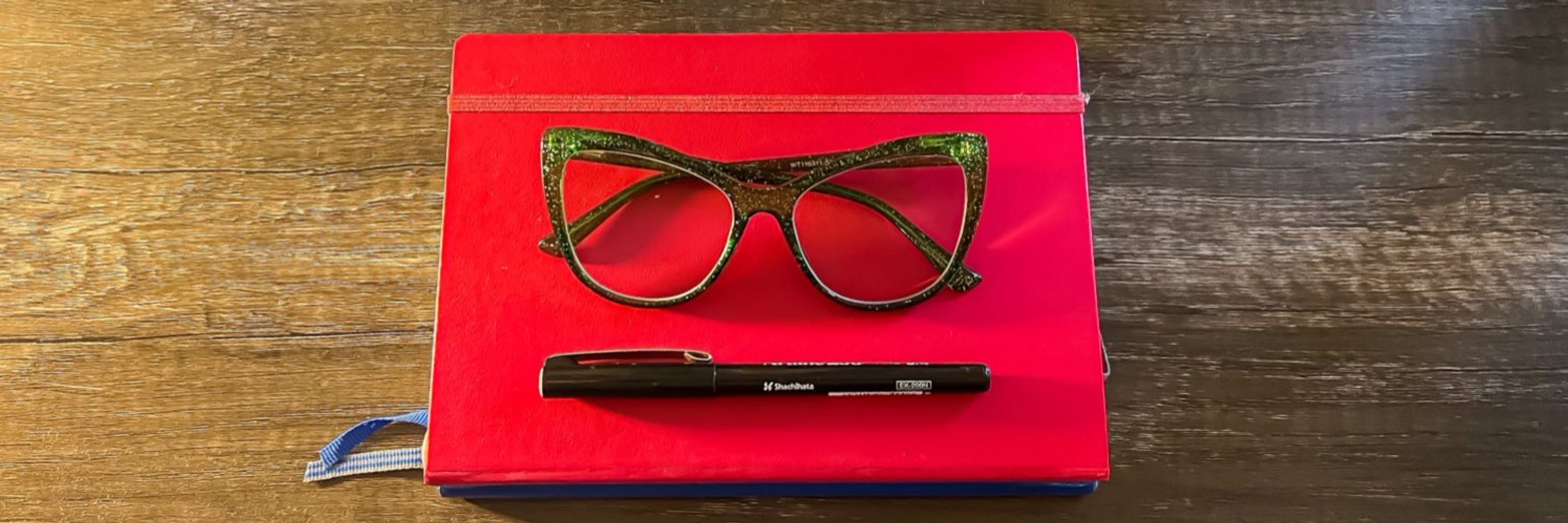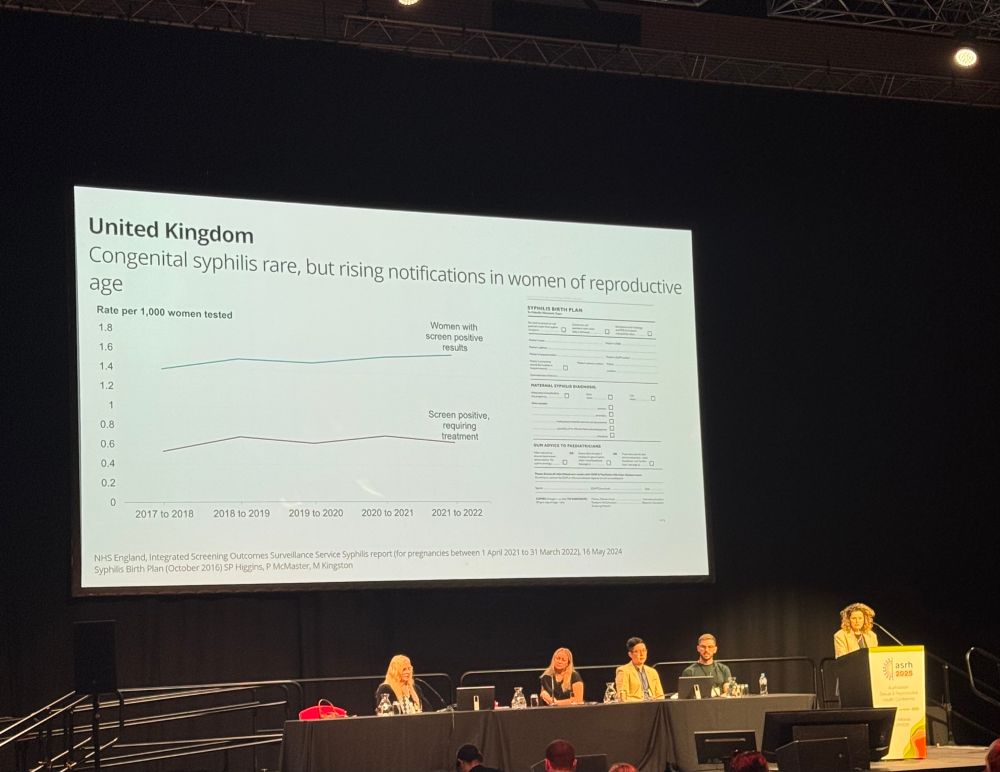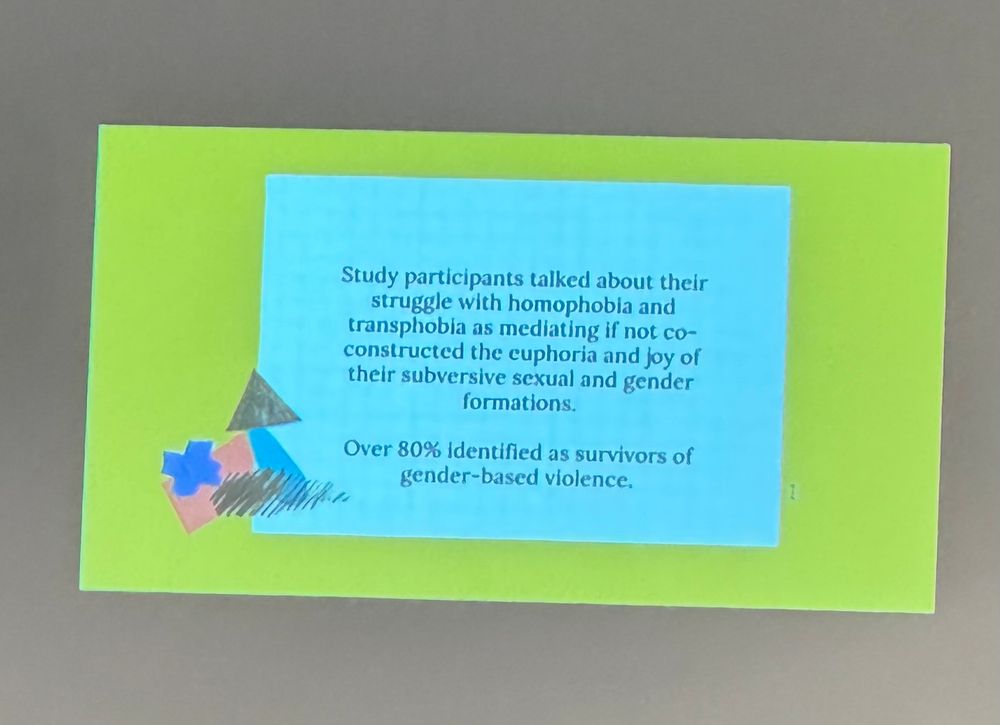Dr Heather McCormack
@heathermccormack.bsky.social
230 followers
420 following
200 posts
Sexual health and blood-borne virus researcher. IUHPE accredited health promotion practitioner. Wiradjuri living and learning on Bidjigal land. she/they
@hmlittlecbigc in other places
Posts
Media
Videos
Starter Packs




























